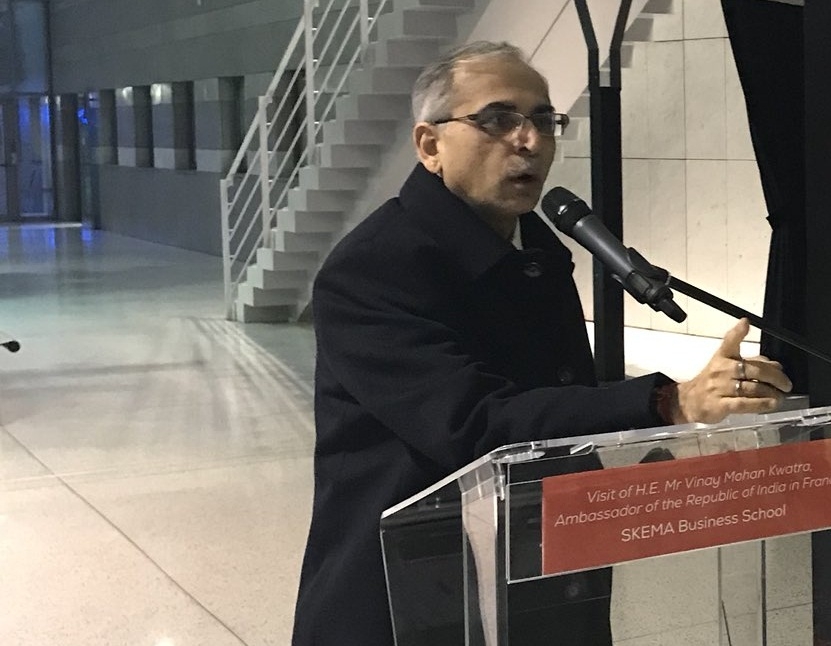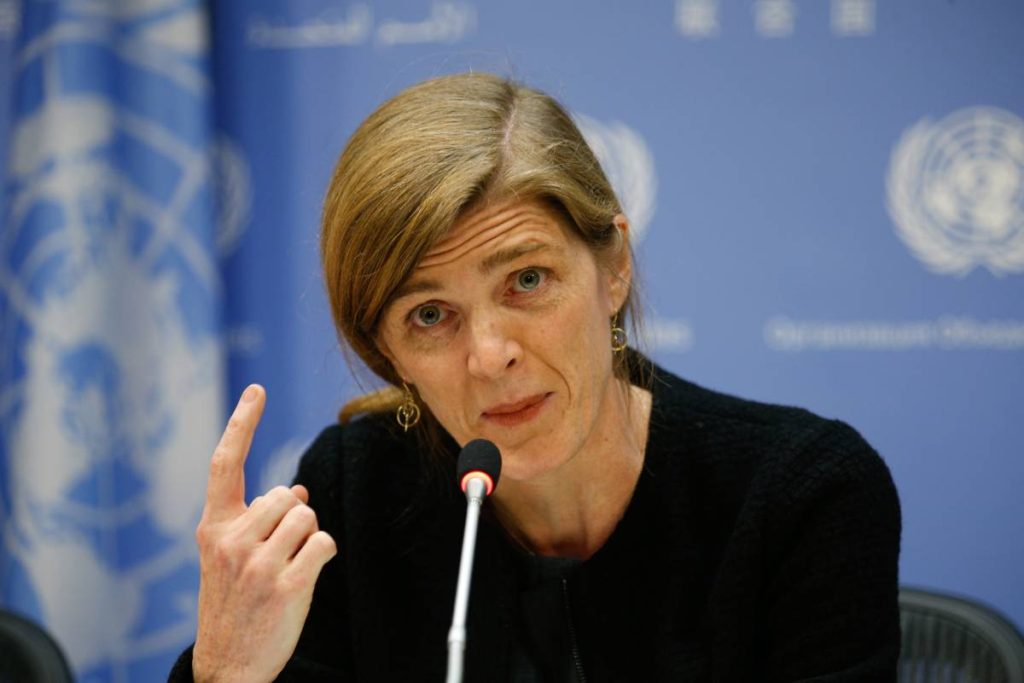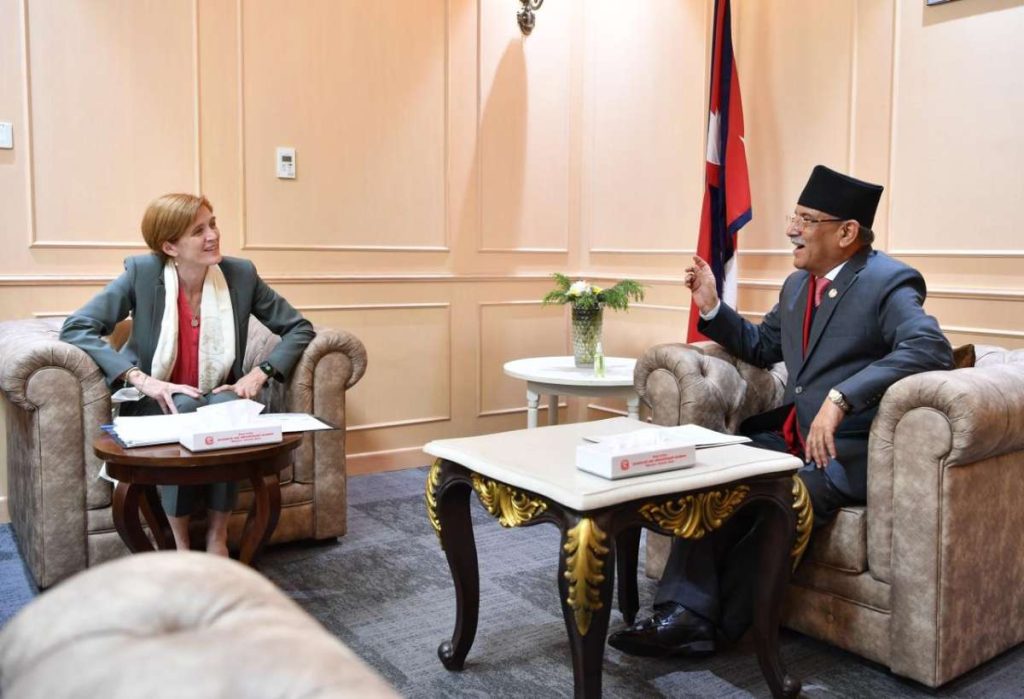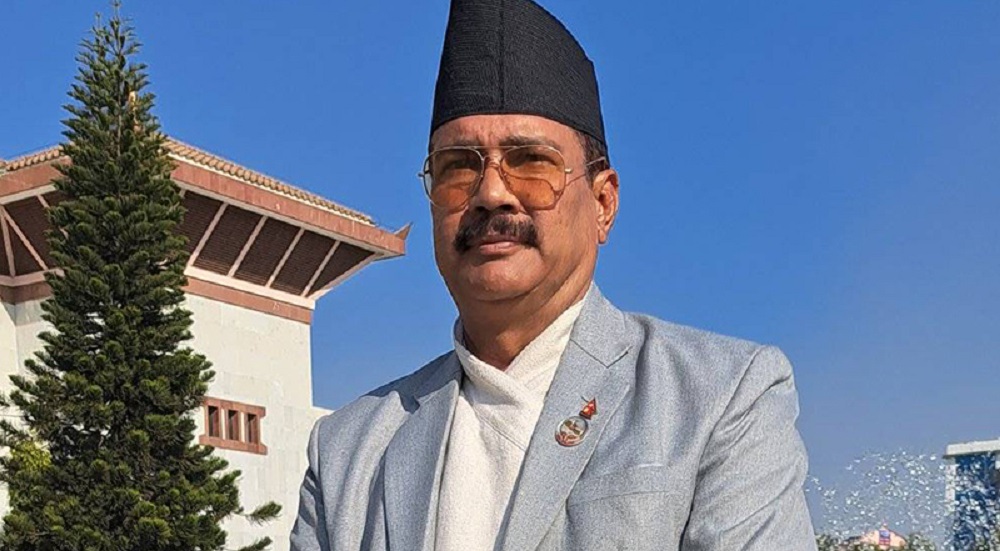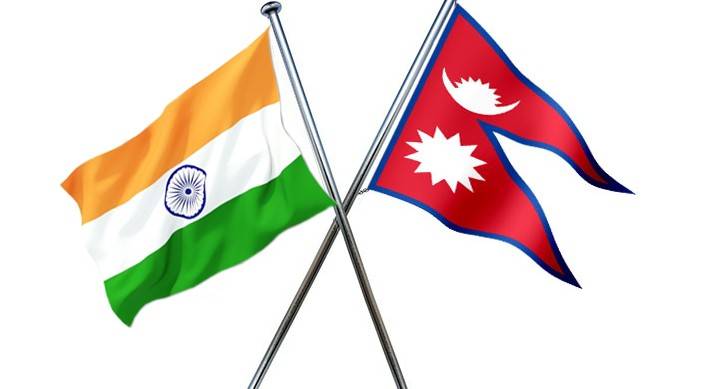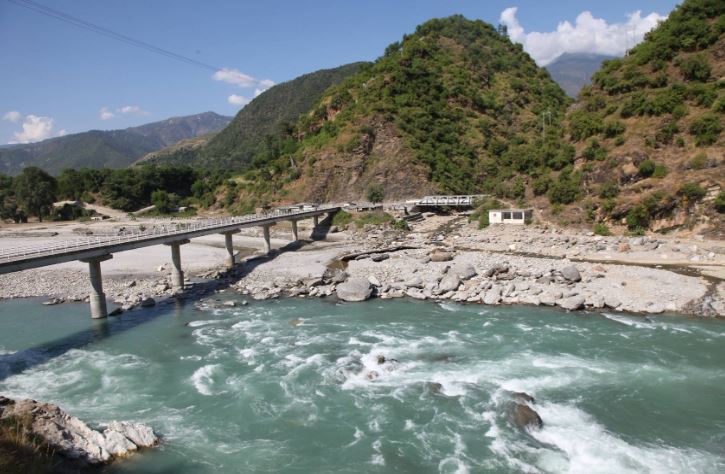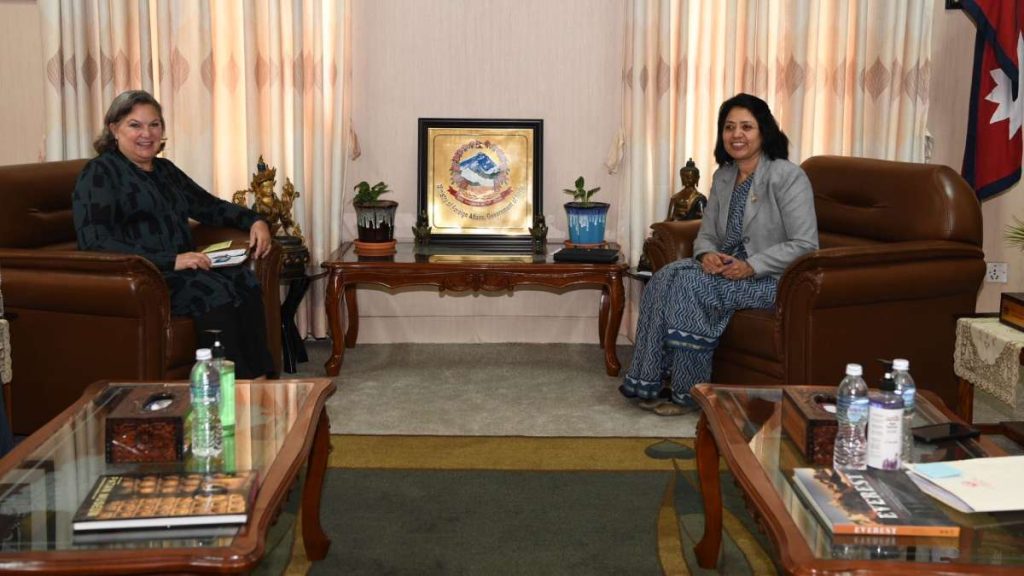Kwatra arrived in Kathmandu on a two-day visit at the invitation of his Nepal counterpart Bharat Paudyal…reports Asian Lite News
Foreign Secretary Vinay Mohan Kwatra here on Monday held discussions with Nepal Prime Minister Pushpa Kamal Dahal ‘Prachanda’ on bilateral issues across various sectors, including economic and development cooperation.
Kwatra also paid a courtesy visit to President Bidhya Devi Bhandari at Sheetal Niwas and conveyed greetings on behalf of Indian President Droupadi Murmu, the Indian Embassy in Nepal tweeted after the meeting.
Kwatra arrived in Kathmandu on a two-day visit at the invitation of his Nepal counterpart Bharat Paudyal, according to the Indian Embassy. “Foreign Secretary Kwatra called on Rt. Hon. PM @cmprachanda and held productive discussions on bilateral issues across various sectors, including economic and development cooperation,” according to a tweet by Indian Embassy in Nepal.

Kwatra on Monday met with Nepal foreign minister Bimala Rai Paudyal and discussed strengthening comprehensive bilateral relations.
The two discussed various aspects of Nepal-India relations including the power sector cooperation, trade, and transit.
“Various aspects of Nepal-India relations including the power sector cooperation, trade, transit, education, culture, healthcare, and connectivity infrastructure were discussed during the meeting,” according to Nepal’s Ministry of Foreign Affairs.
Indian Embassy in Nepal in a tweet on Monday said: “Welcomes Foreign Secretary Vinay Kwatra who is visiting Nepal from 13-14 February 2023. During the visit, Foreign Secretary will meet Foreign Secretary of Nepal, Bharat Raj Paudyal and hold discussions on the entire range of multifaceted India-Nepal cooperation.”
Kwatra’s visit is expected to lay a ground for Nepal’s Prime Minister Pushpa Kamal Dahal aka Prachanda to India, according to another official at the ministry. Earlier, PM Prachanda said that he will visit India soon without giving specific dates.
Kwatra’s visit to Nepal also follows two high-level visits from India�by Nepal’s former Prime Minister Deuba to New Delhi in April and Indian Prime Minister Narendra Modi’s visit to Lumbini, the birthplace of Lord Buddha, in May last year.
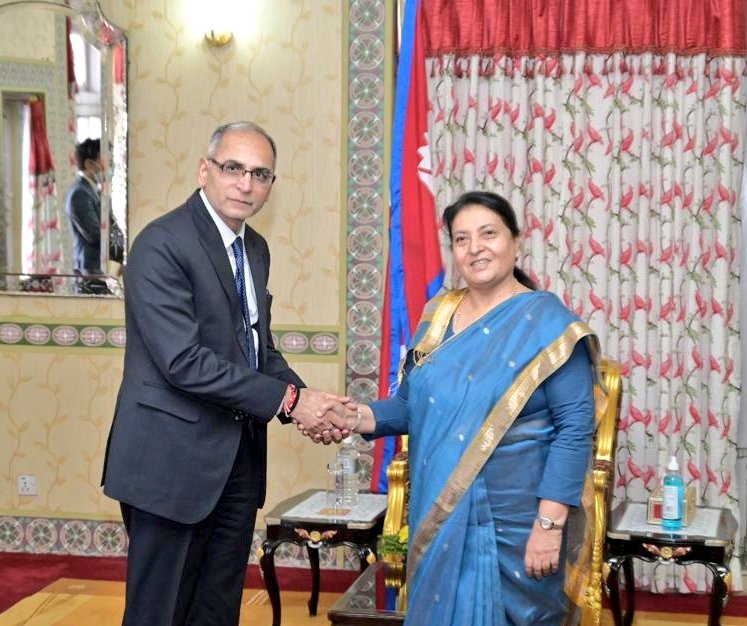
The two friendly neighbors are making significant progress on various areas of bilateral cooperation including energy and railroad connectivity as per the consensus reached at the highest political level.
In August last year, Nepal Investment Board under the Nepali government signed a pact with India’s NHPC Limited to develop two hydroelectric projects�West Seti (750 megawatts) and Seti River-6 (450 megawatts) � in the far-western region of Nepal. The West Seti was earlier being developed by China.
The Indian foreign secretary’s visit to Kathmandu also has its geopolitical dimension. His visit comes on the heels of flurry of high-level visits from the United States amid growing China-US geostrategic rivalry in the Himalayan nation.
Nepal received two high level visits from the United States in the past two weeks. Victoria Nuland, US Under Secretary of State for Political Affairs came here earlier last week and Samantha Power, the USAID administrator concluded her whirlwind visit this week.
Meanwhile, Afreen Akhter, deputy assistant secretary of state in the Bureau of South and Central Asian Affairs (SCA) for Nepal, Sri Lanka, Bangladesh, Bhutan, and the Maldives, as well as the Office of Security and Transnational Affairs, is visiting Nepal from February 13.




